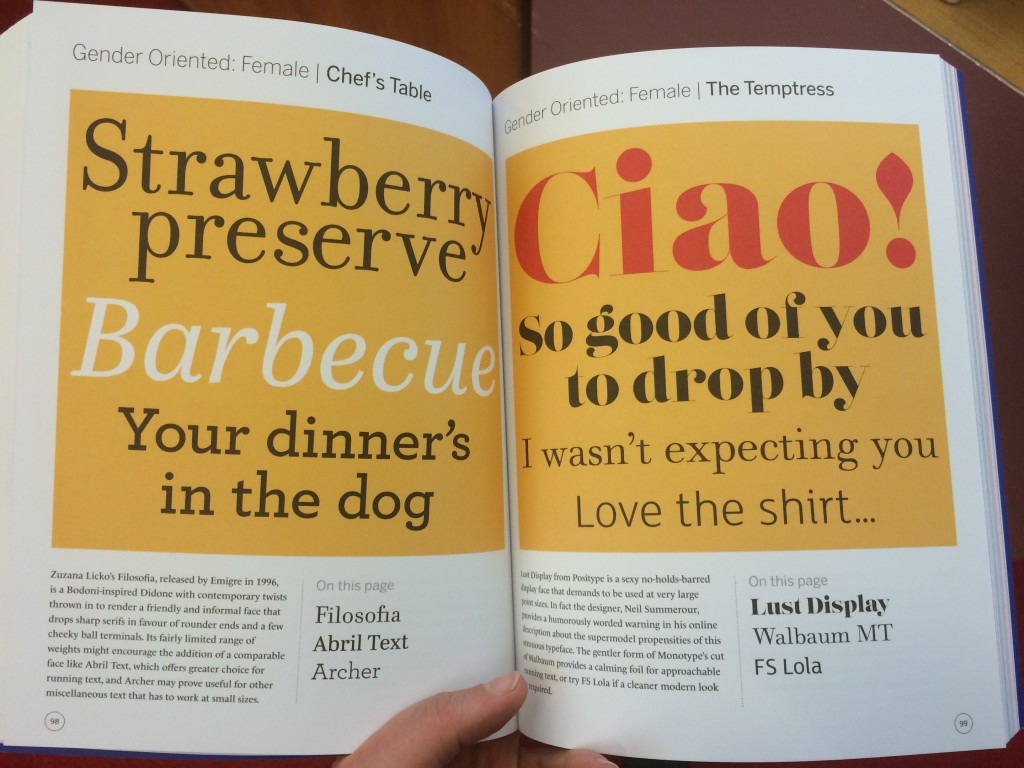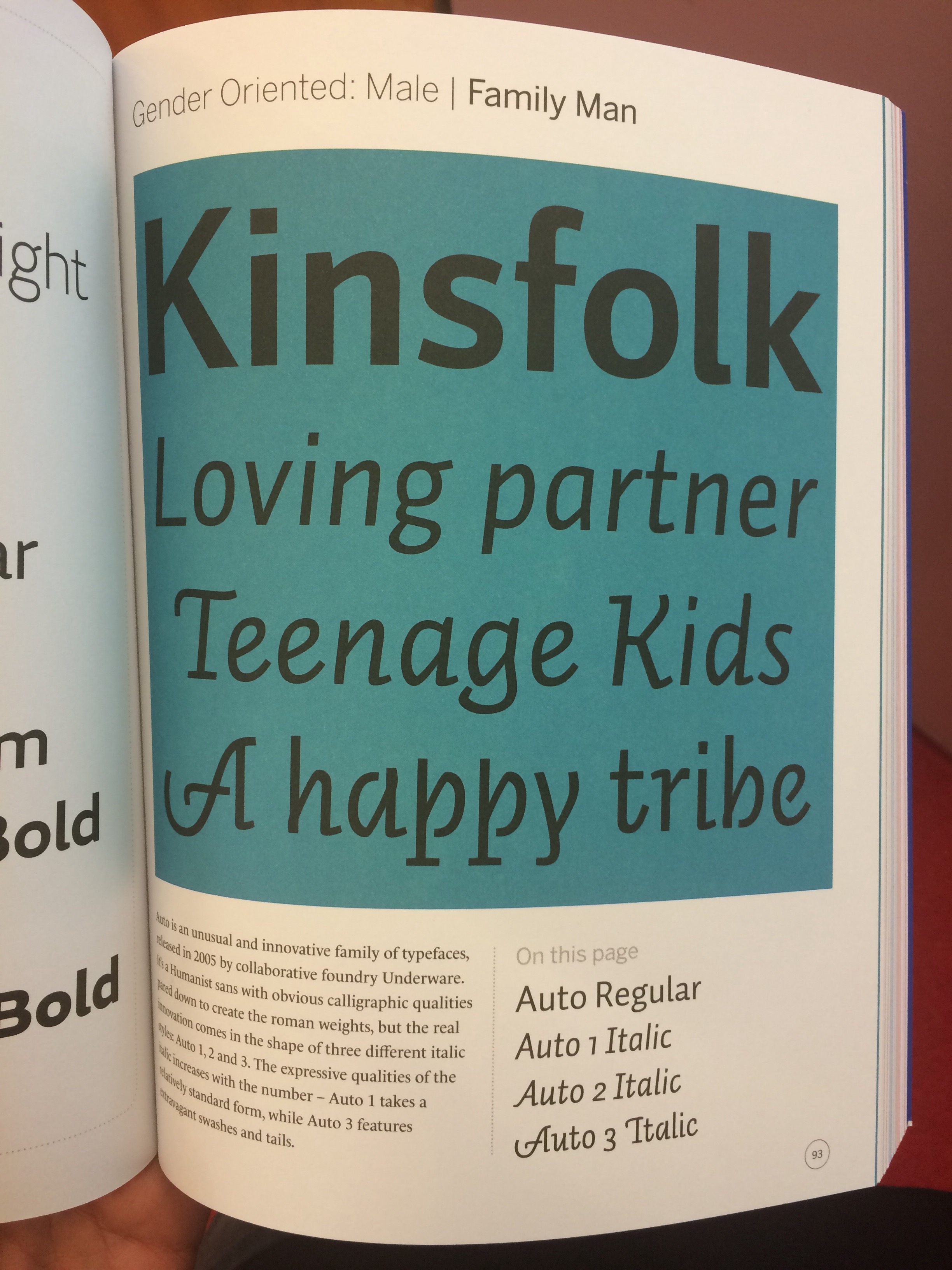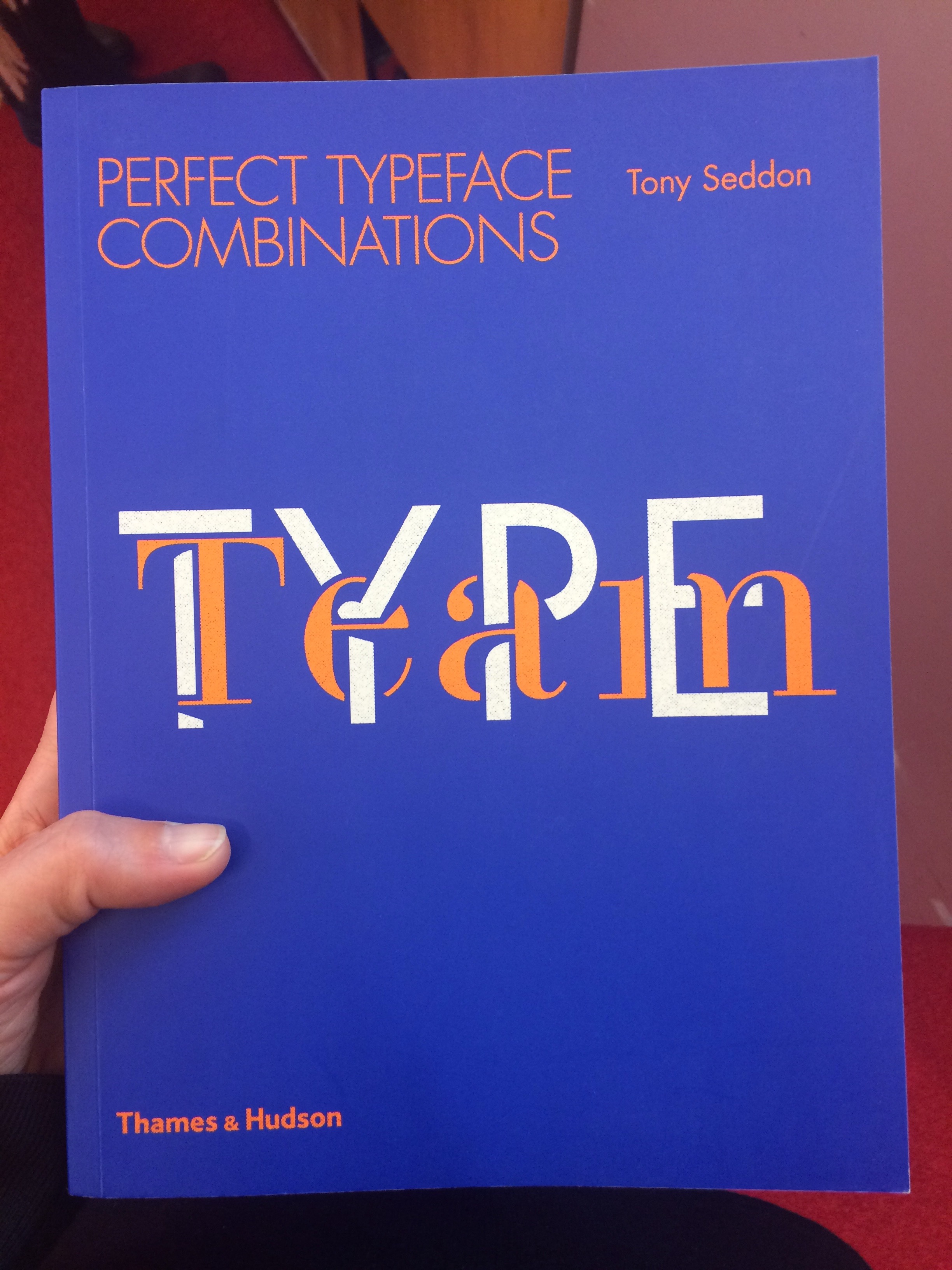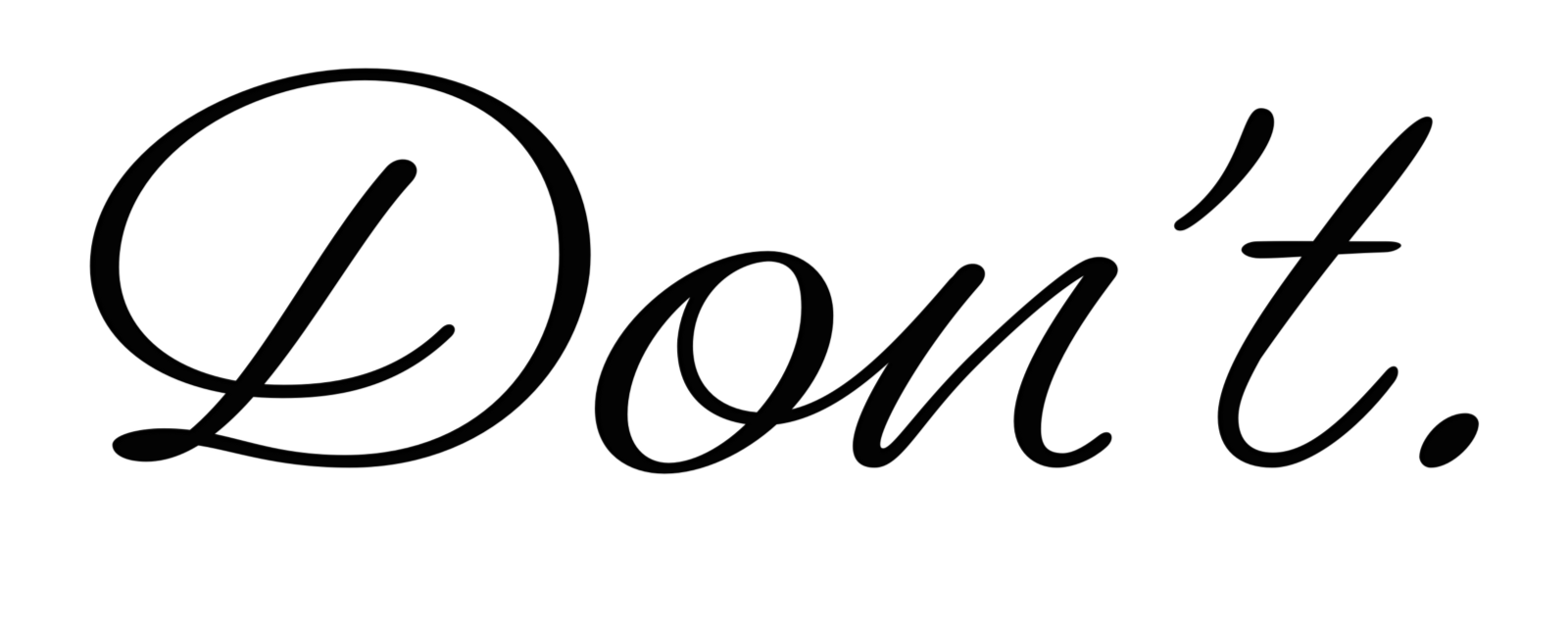Two little tweets in an ocean of tweets. What harm can they do, especially when their message feels overwhelmingly positive?
Last week, Indian Type Foundry (ITF) sent out the following tweet in reaction to this showcase of type designers who also happen to be women:
Who said there’s no gender equality in type? Out of 30, 14 of our designers are female. @AdobeCreate @shiva__n pic.twitter.com/9NMqGkc7q4
— Indian Type Foundry (@itfoundry) May 4, 2016







